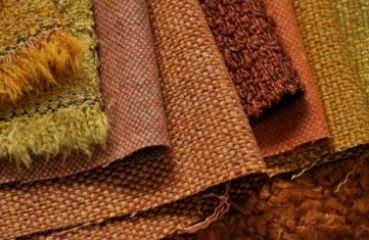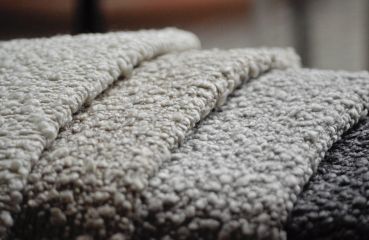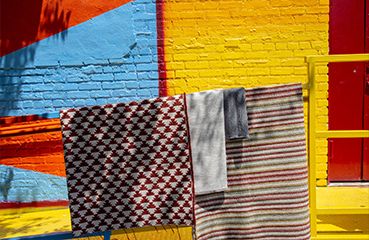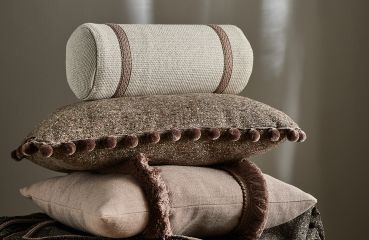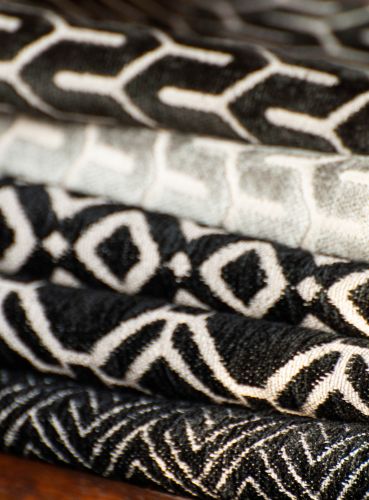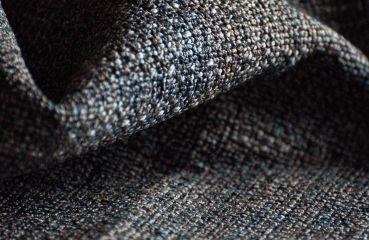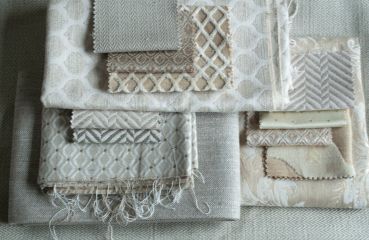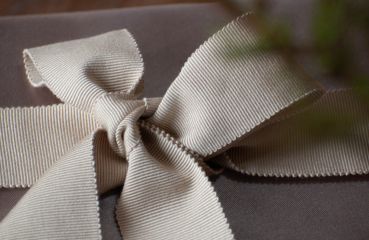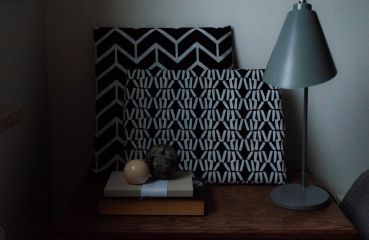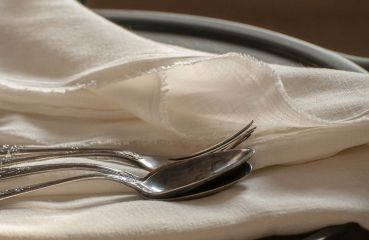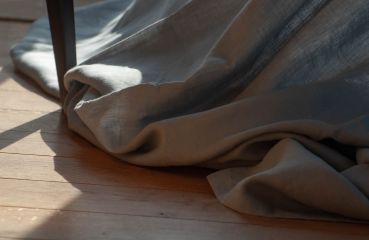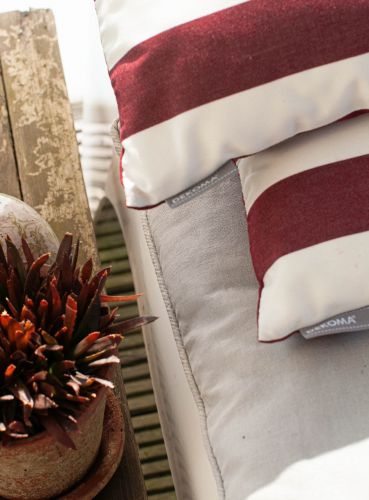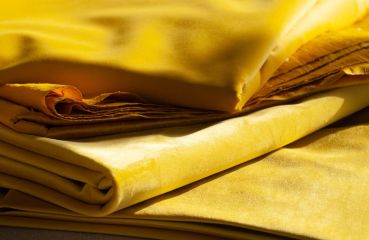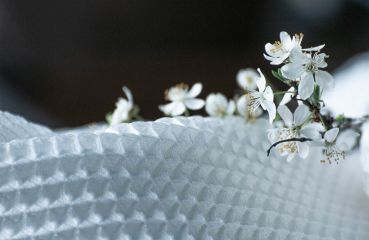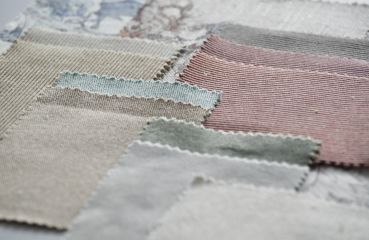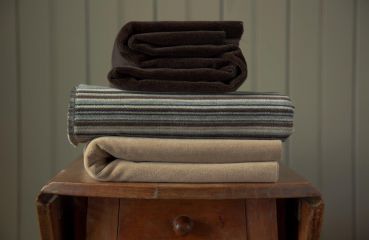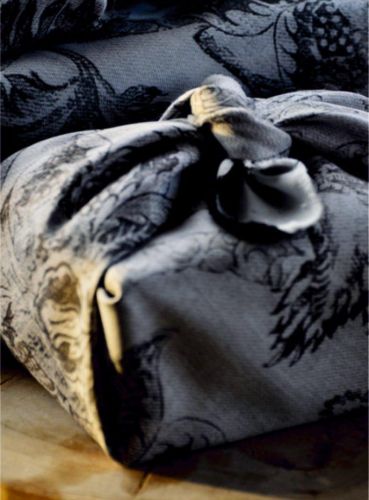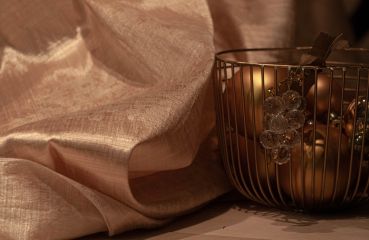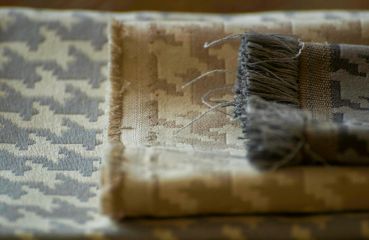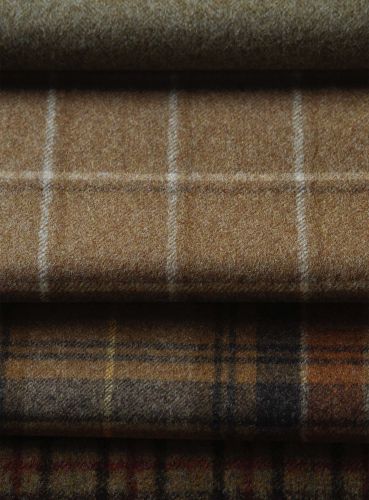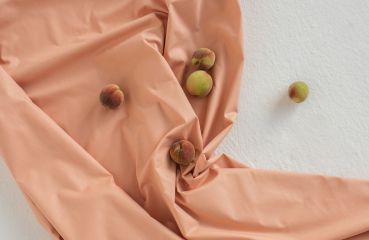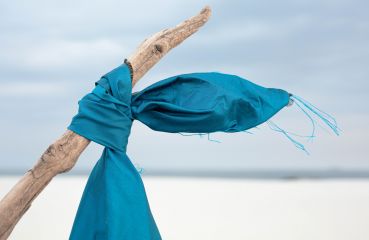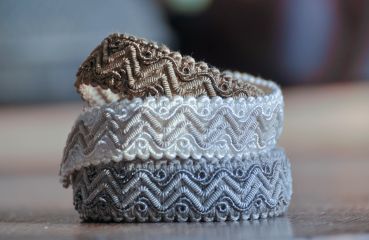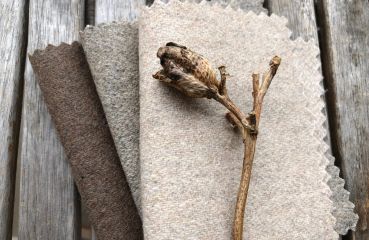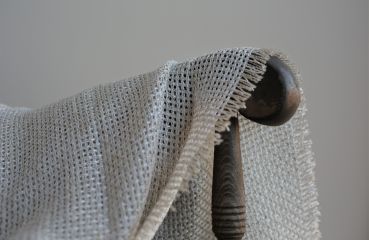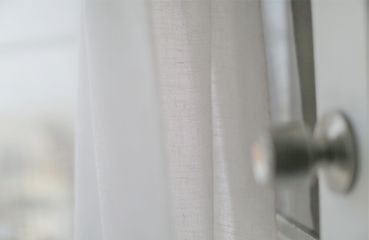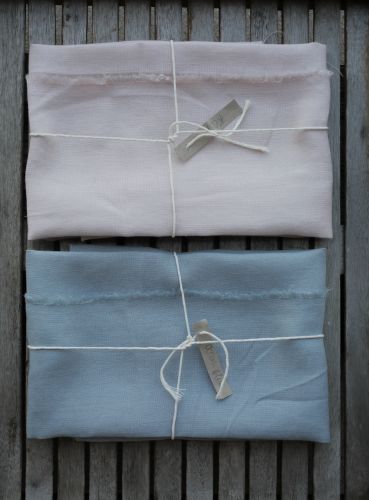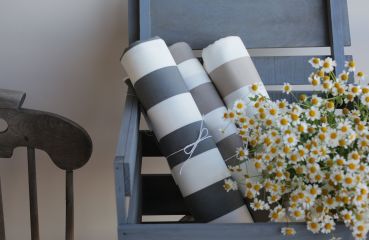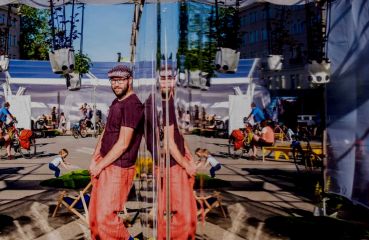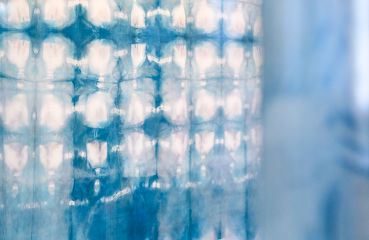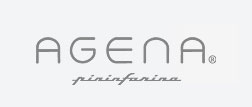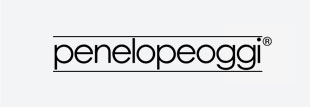About optical illusions on the fabric
Optical art – what is it?
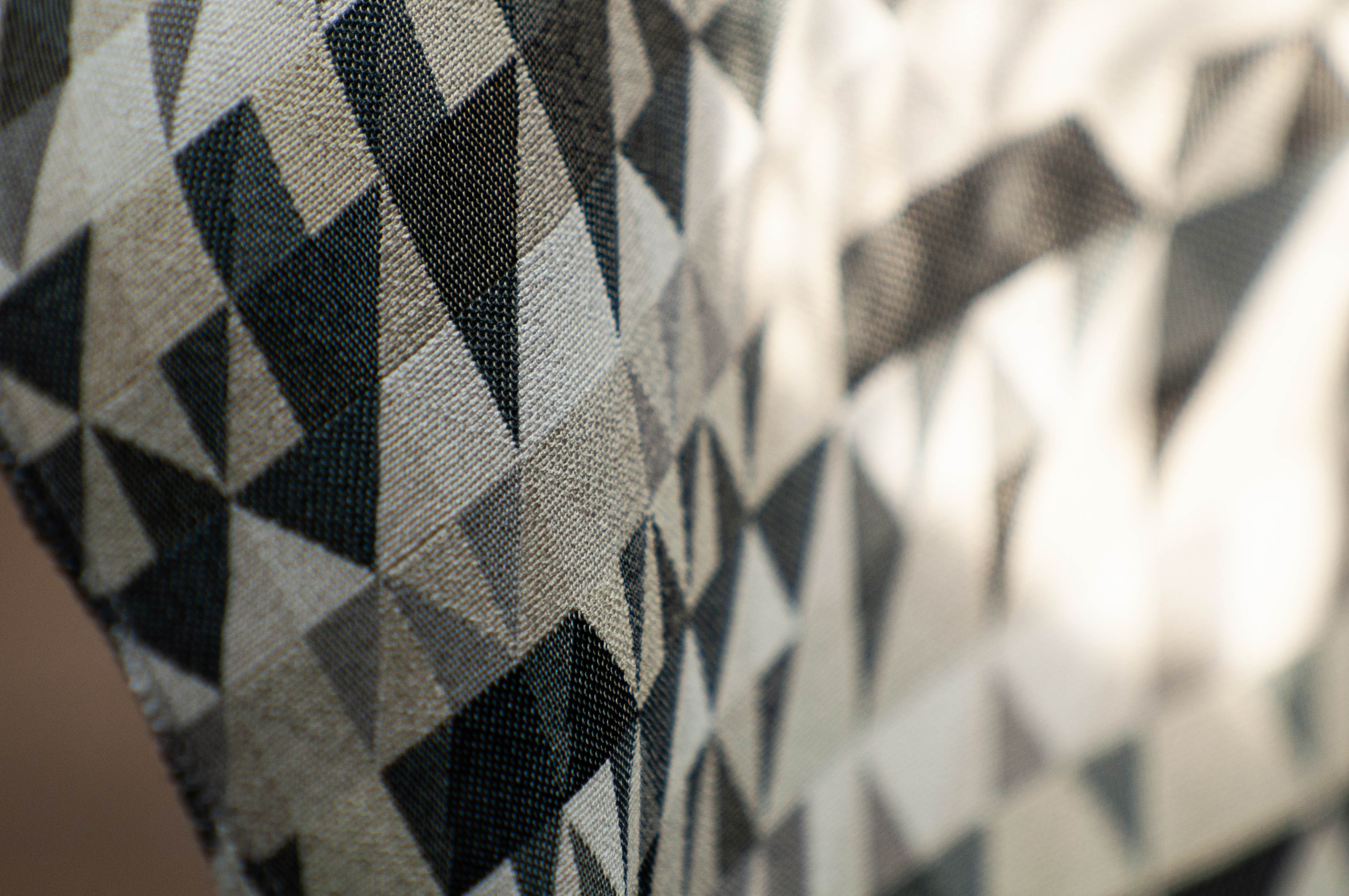
Op art (optical art), otherwise known as visualism, is a direction in art and design which aims to influence the eye rather than the intellect or emotions of the viewer. It uses abstract combinations of lines, producing geometric optical illusions, as well as light, colour and textural effects, aiming to create the impression of three-dimensional depth and vibration of the field of view.
The 1950s and 1960s are considered to be the peak period of op art, when it became very popular and significantly influenced other creative disciplines. Visual experiments initiated at that time have been continued to this today, both in art and the design of commercial products.
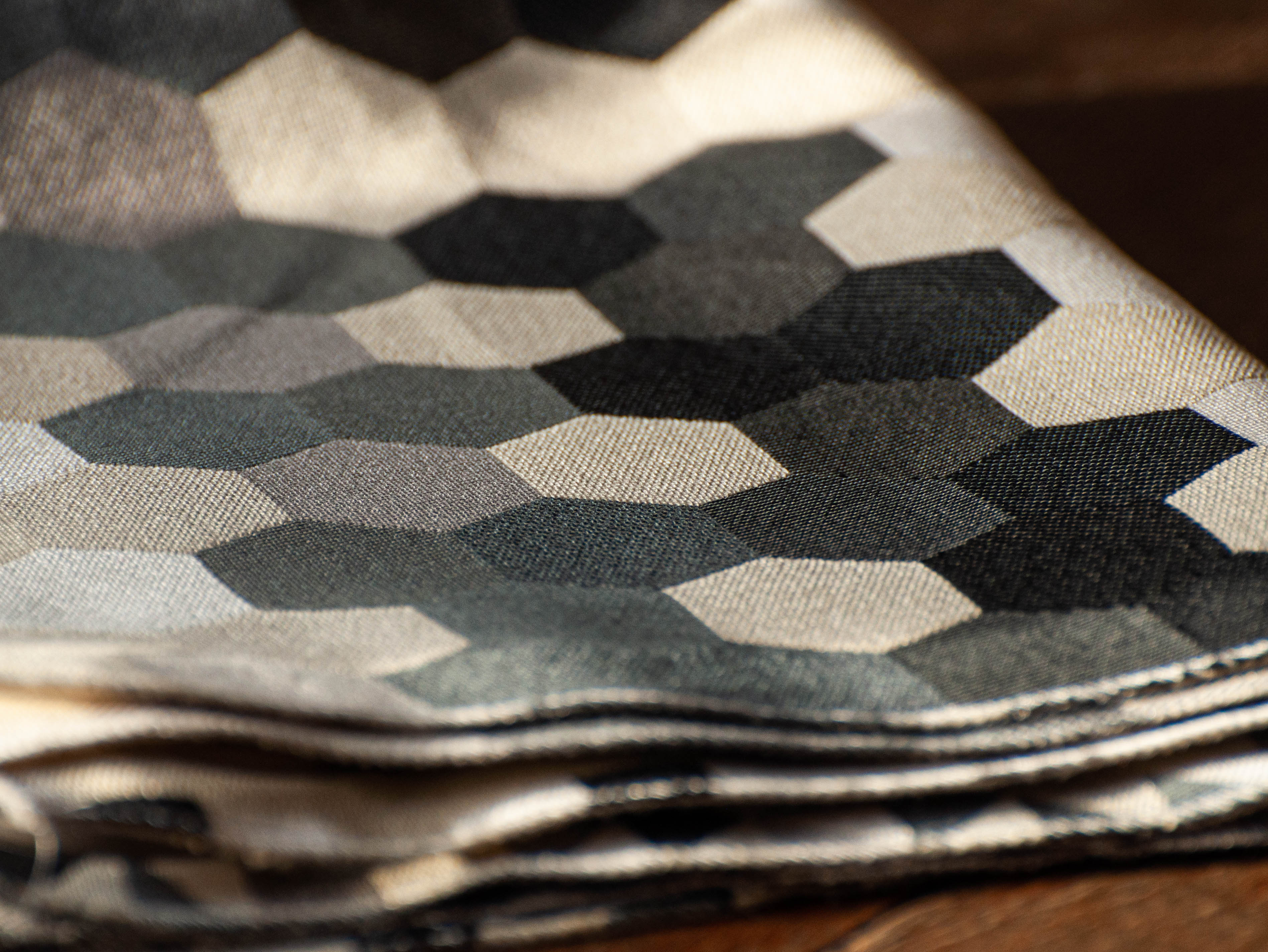
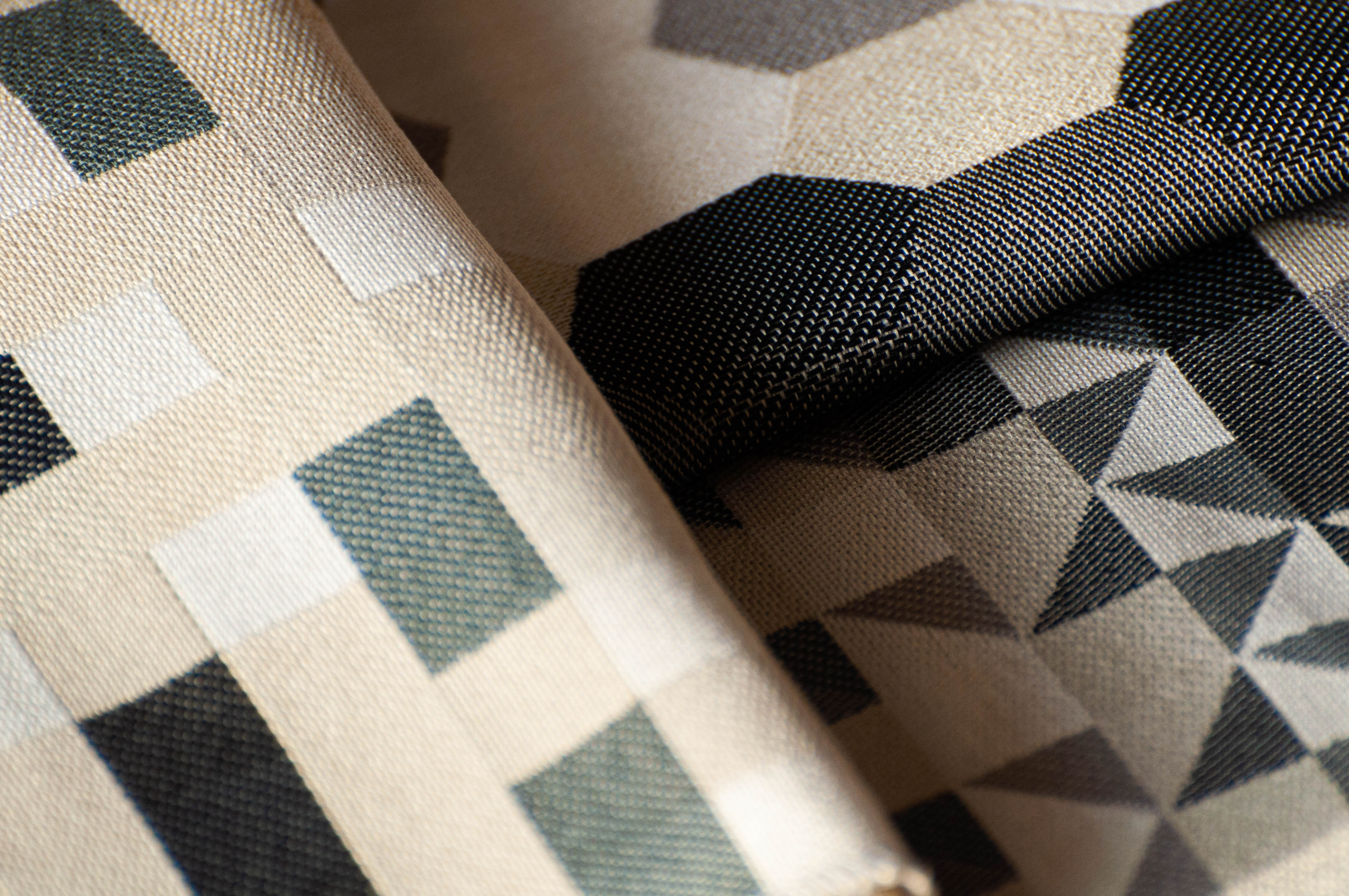
Abstract patterns, composed of repetitive geometric figures, are usually considered op art. They often resemble the effects that can be seen in a kaleidoscope. Just as the creators of op art like to draw the viewer into a game of illusions, guiding his or her eye along intersecting lines, op art patterns decorating contemporary objects or materials pretend to have three-dimensionality or even vibration or the movement of planes. Because of their mathematical nature, they are often created with the help of a computer, and their purpose is not so much to confuse or surprise the human eye as to visually enhance and deceptively 'move' the plane.
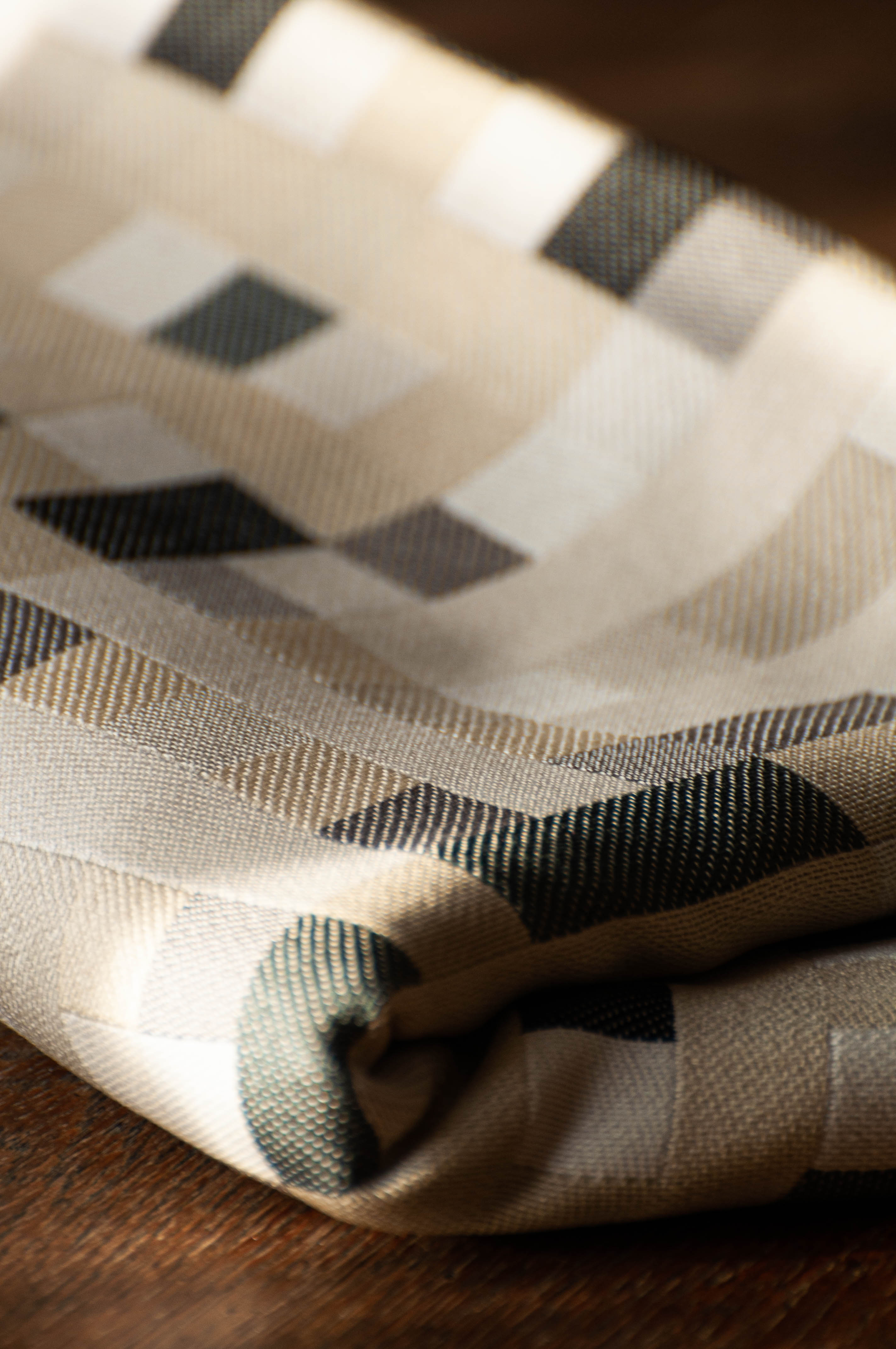
Geometric patterns on contemporary fabrics, created from rhombuses, squares, hexagons, triangles and polygons, create mesmerising images, which give the illusion of alternating concavity and convexity.
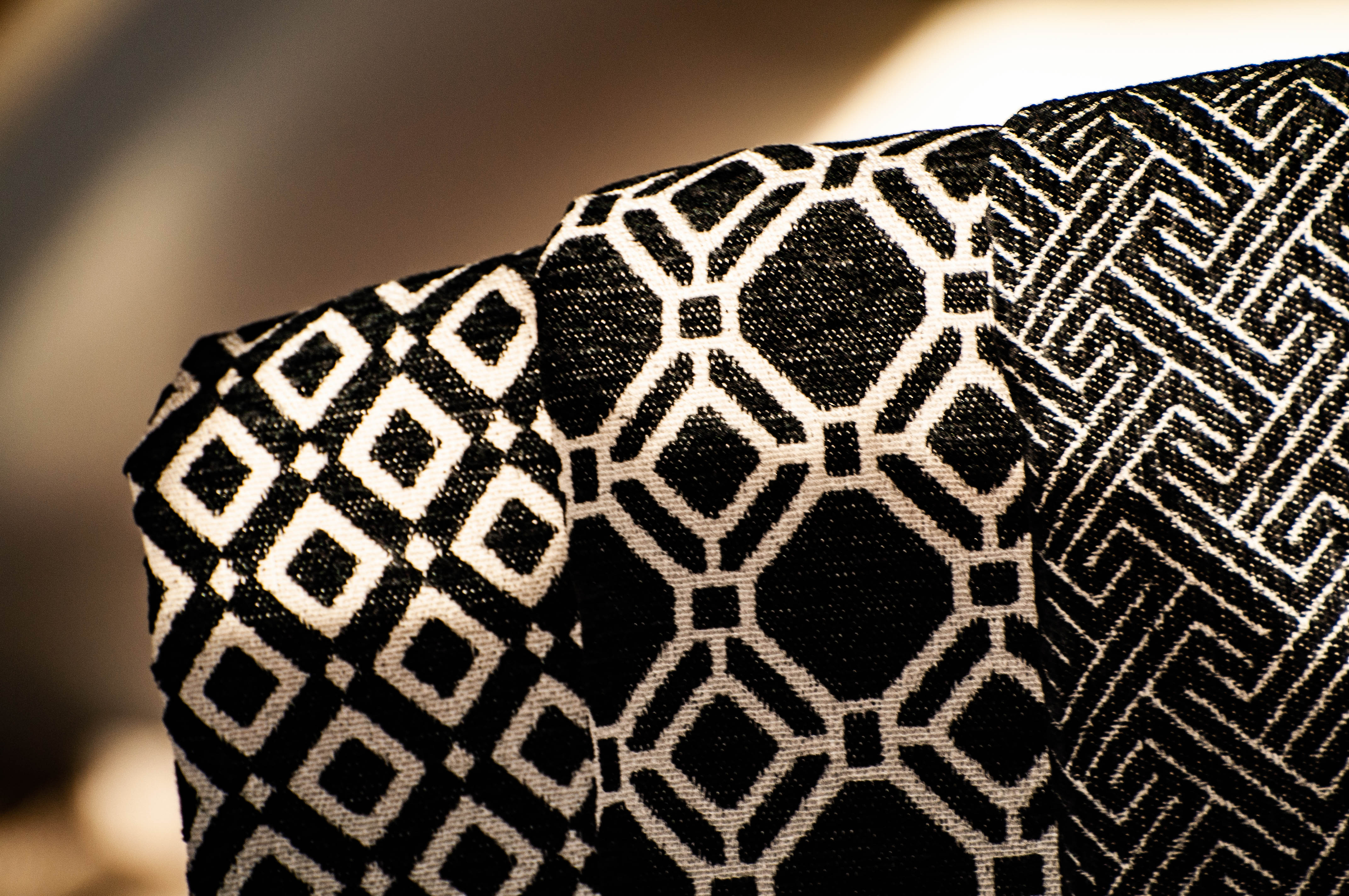
Textile planes decorated in this way often make us doubt our sense of sight and wonder whether we really should trust what we see. Is the convexity in the fabric real and does it result from the weave and the quality and thickness of the fibres, or just from the fascinating optical illusion?
Fabrics with different textures use repetitive shapes, as well as contrasting colour combinations, e.g. black and white, black and red, black and grey or brown and beige.
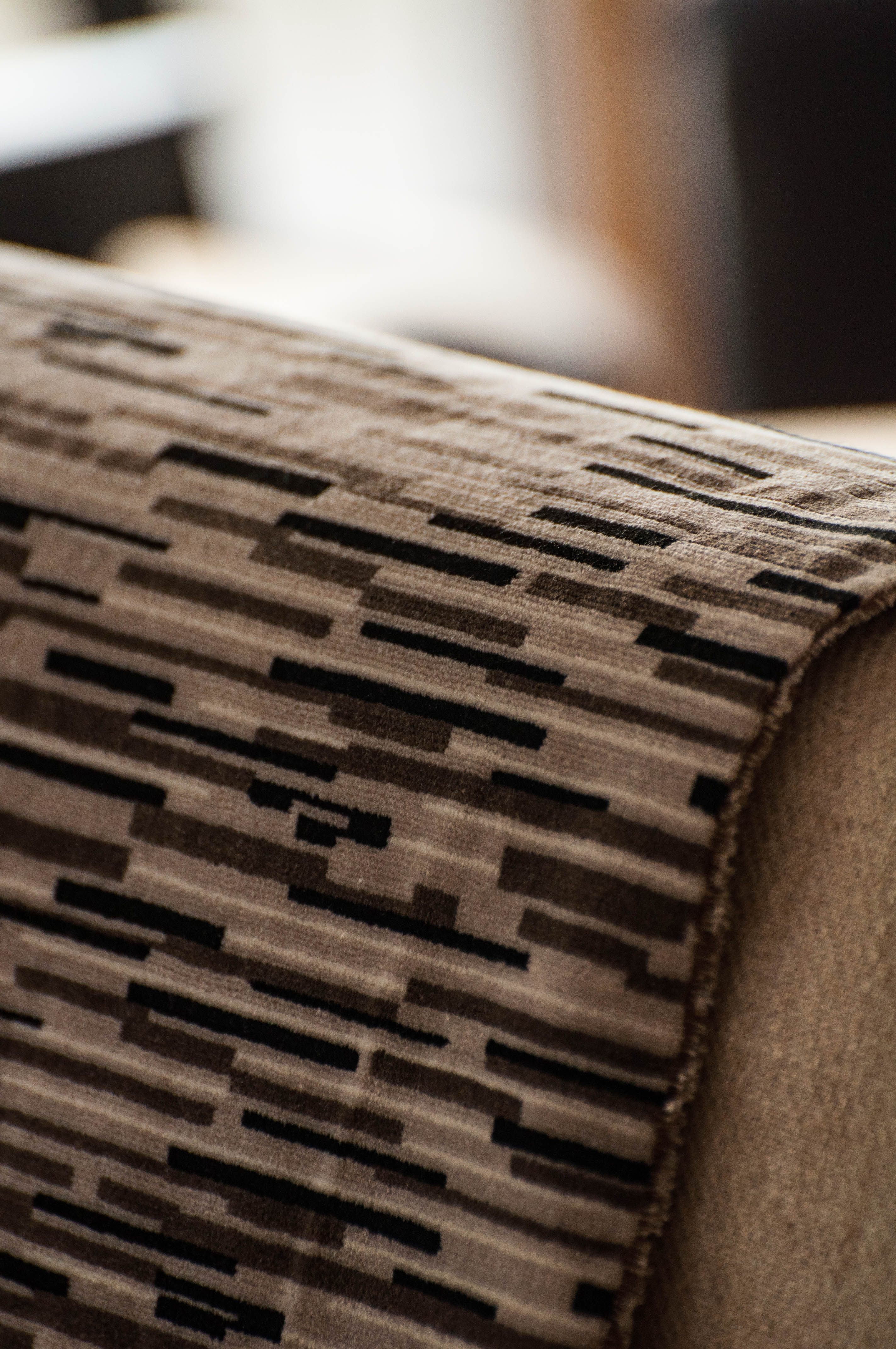
In more delicate weaves, geometric solids are drawn with an incredibly precise line, and in thicker and more textured ones - they additionally take on a real 3D dimension.
Abstract, op art patterns gain additional value when the fabric is set in motion by air or when we and look at it from various angles, changing our position. They often present an image seen from several perspectives at the same time, with refracting lines, perspective distortions, and ambiguous horizontality and verticality.
In combination with the fibre structure, patterns based on contrast, repetition, modularity, broken symmetry, ambiguity or mirror reflections often yield the impression of mesmerizing texture, dynamics, and depth.
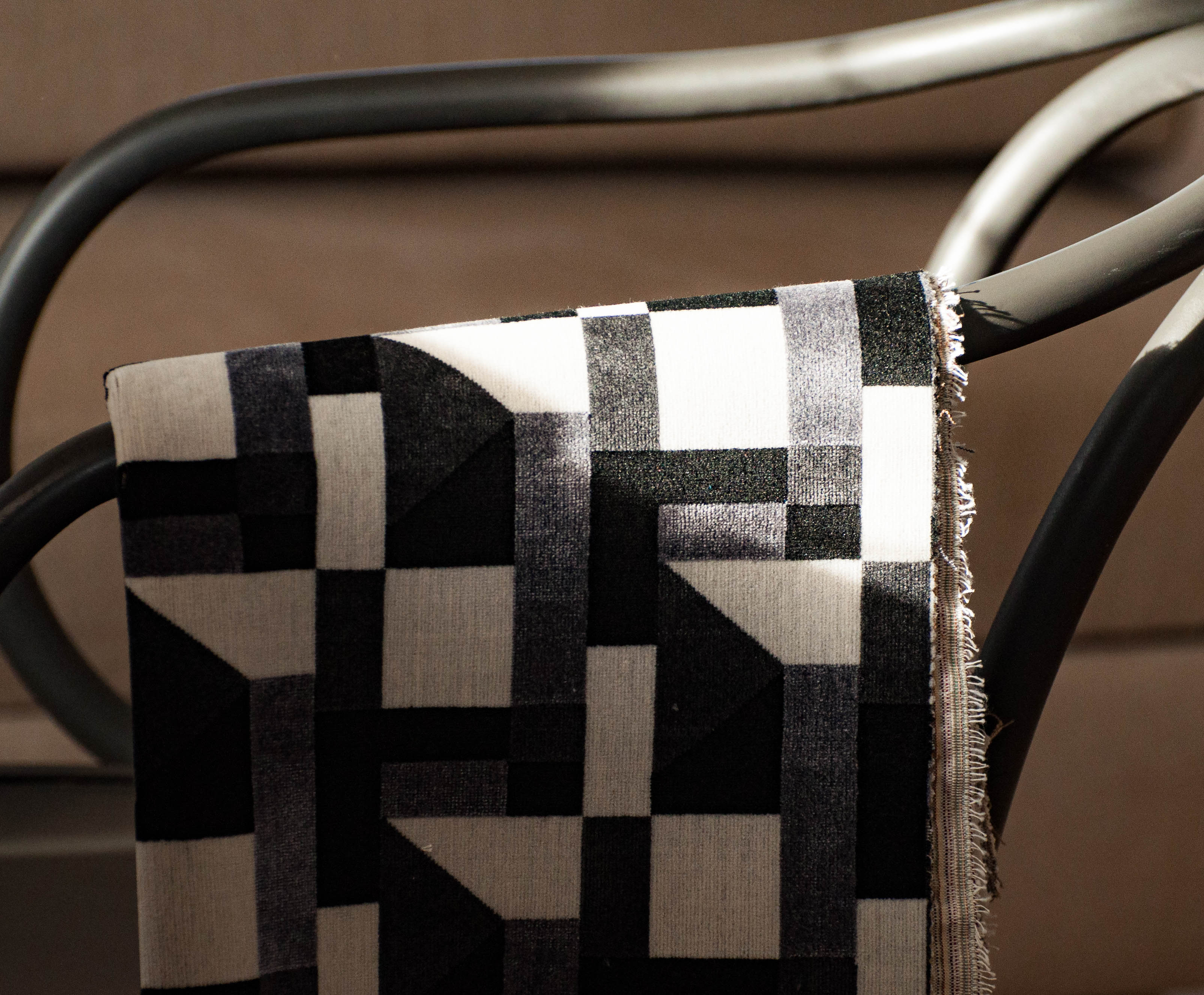
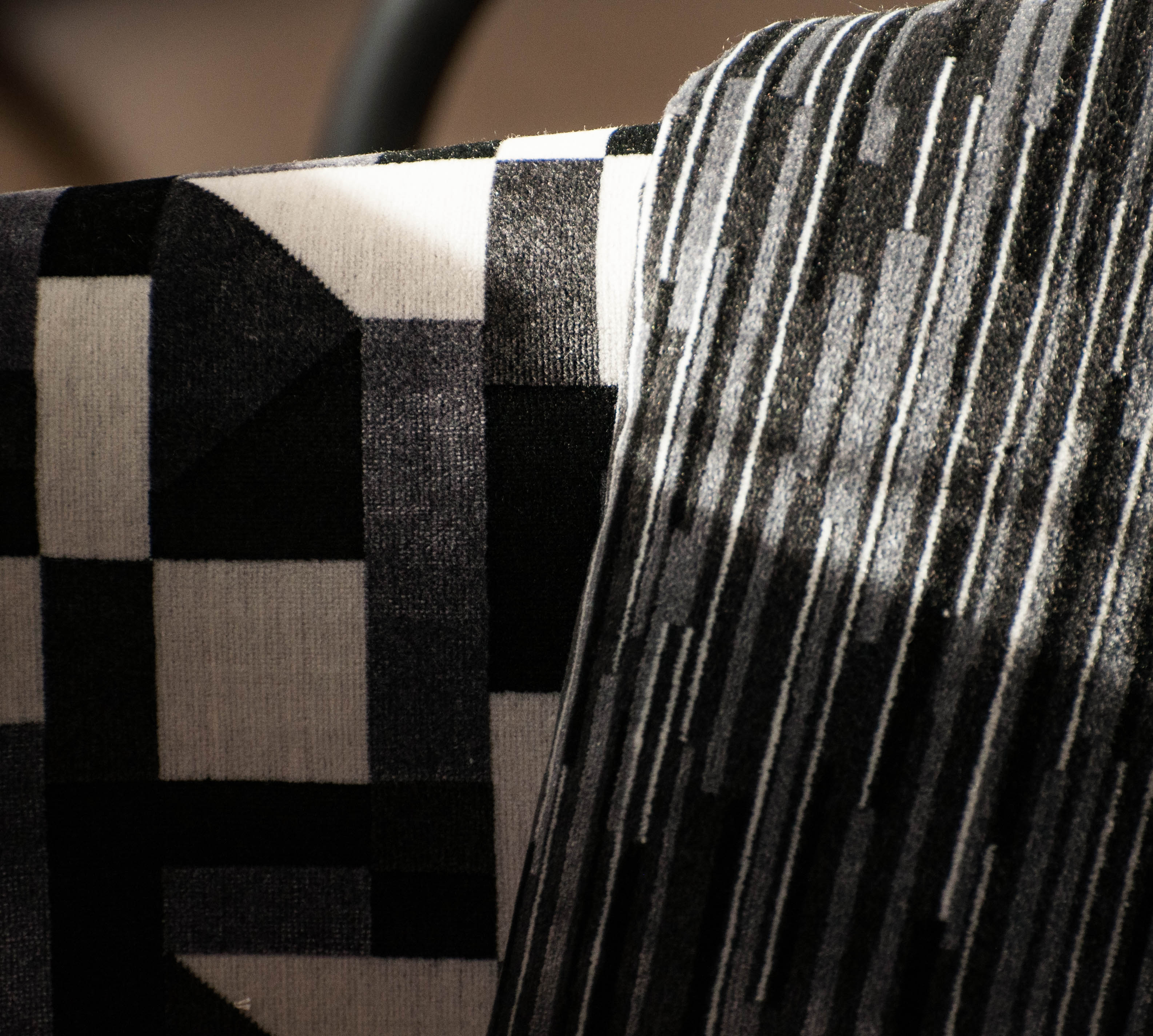
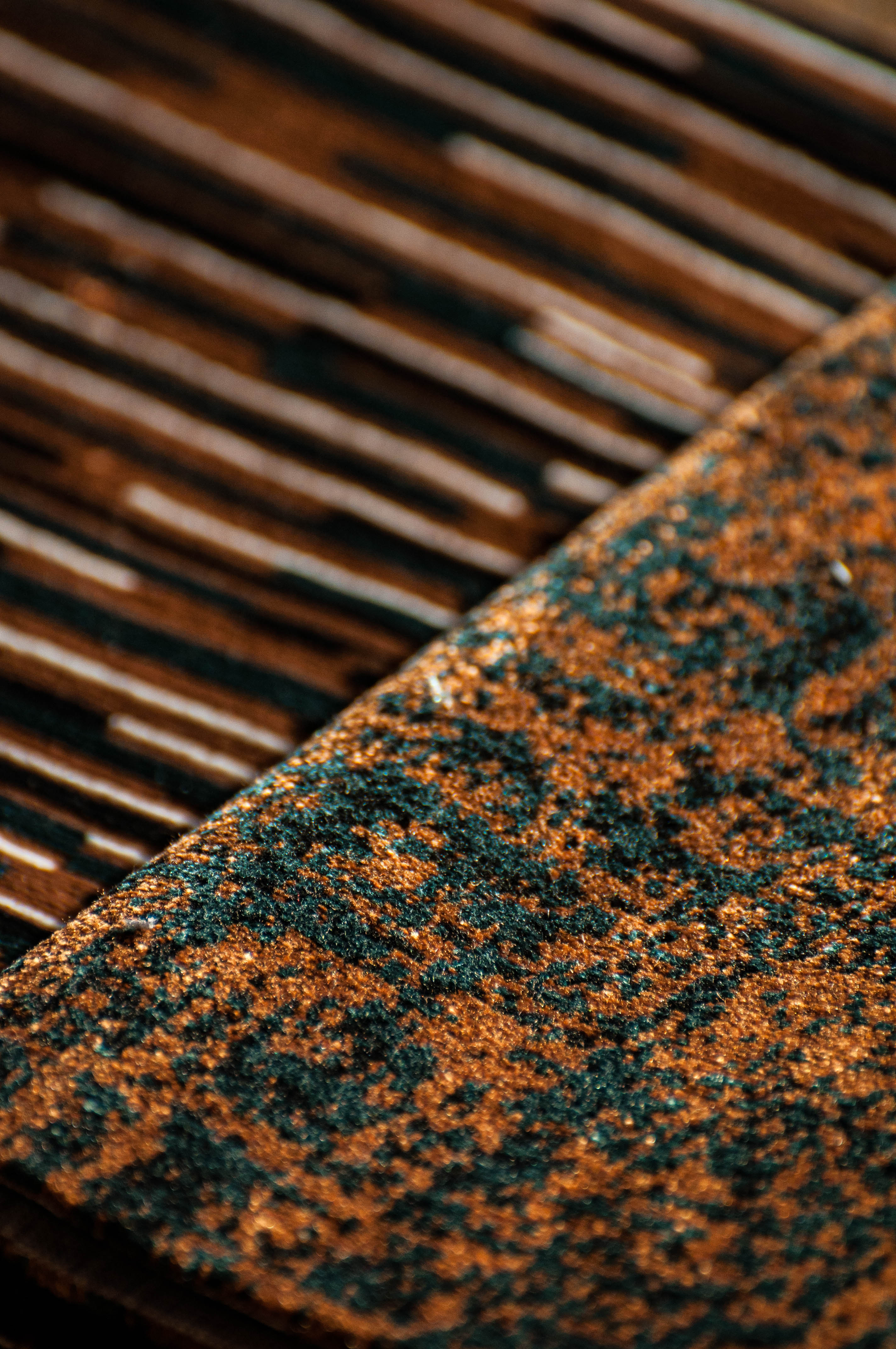
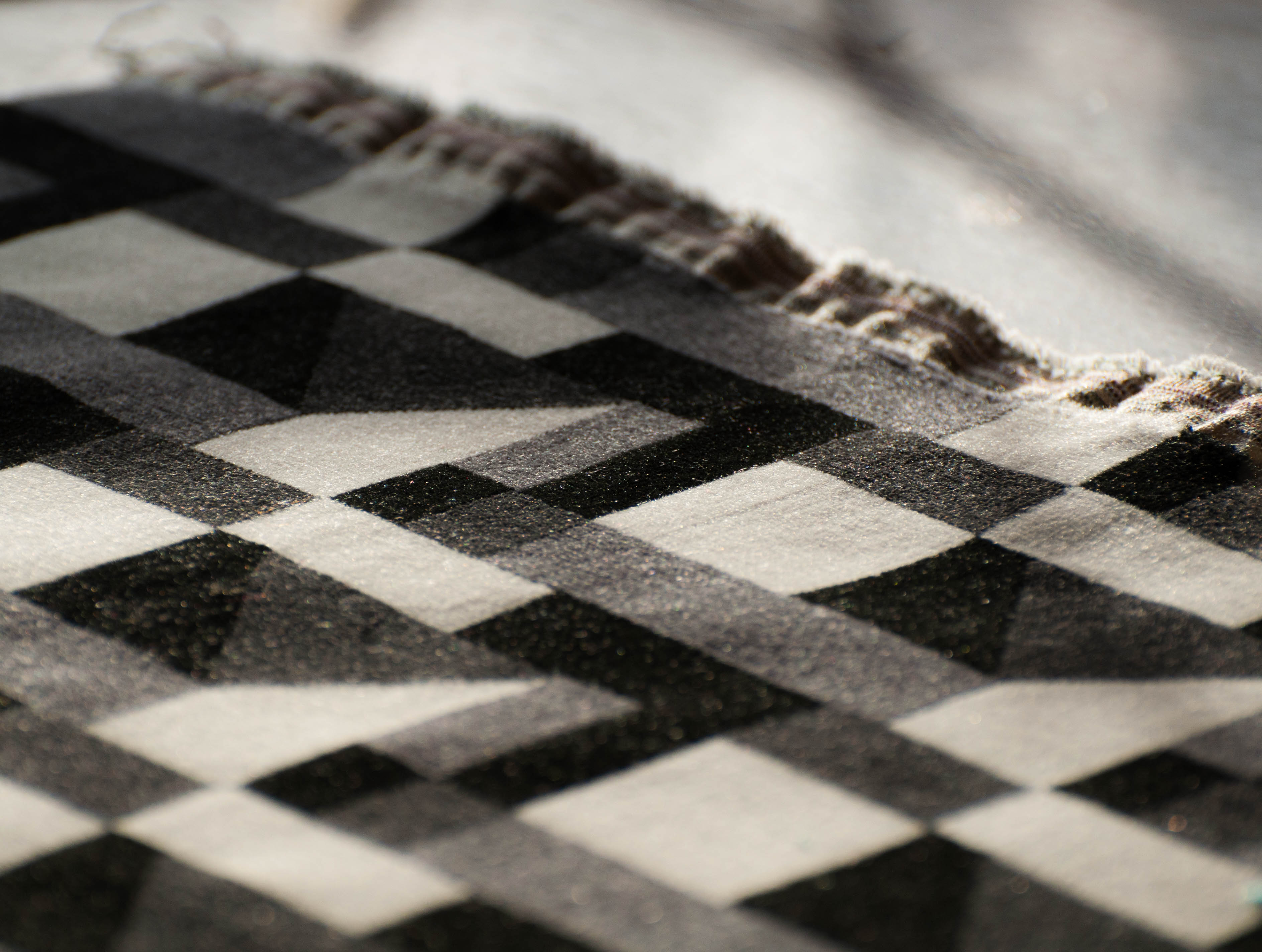
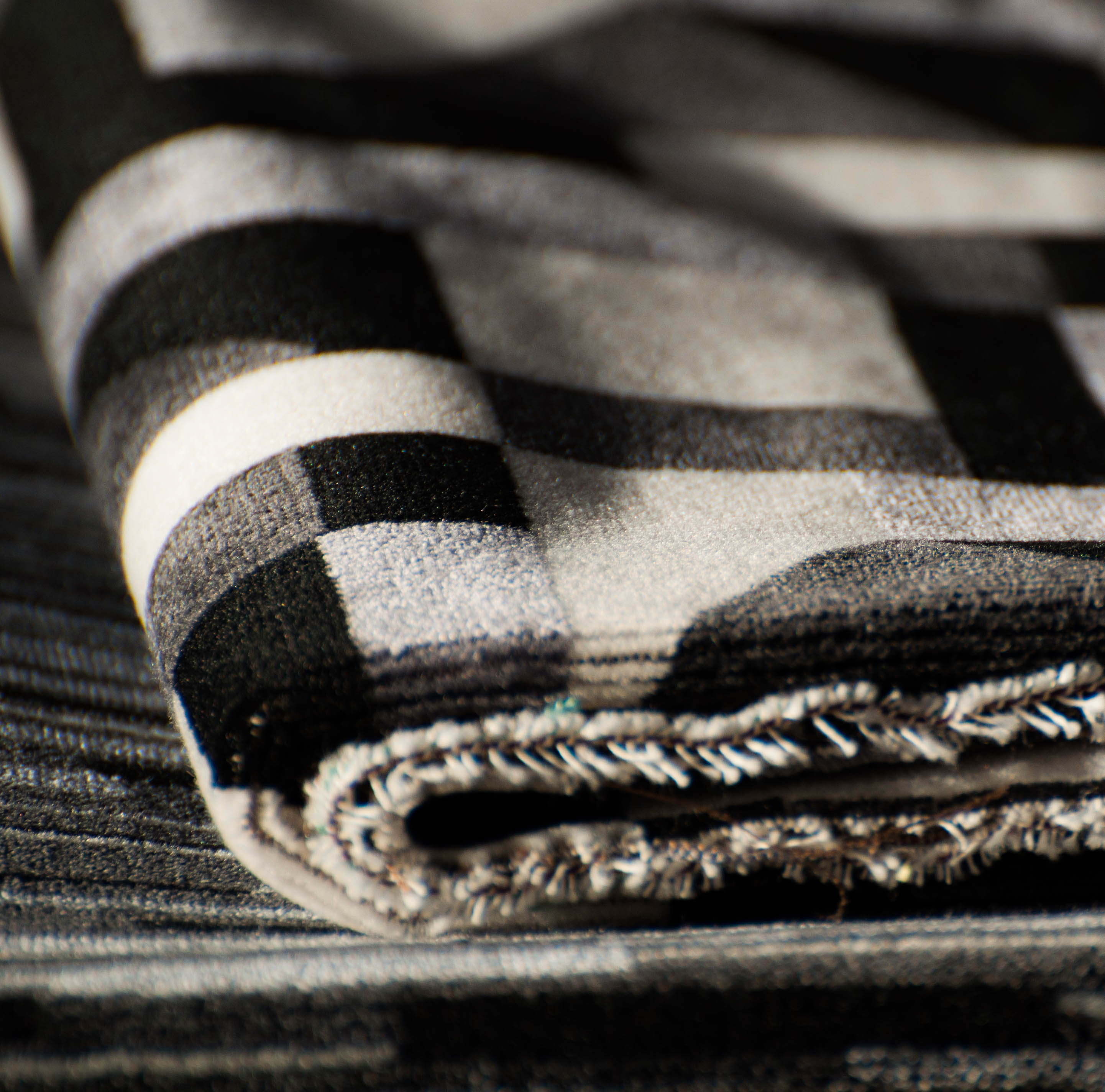
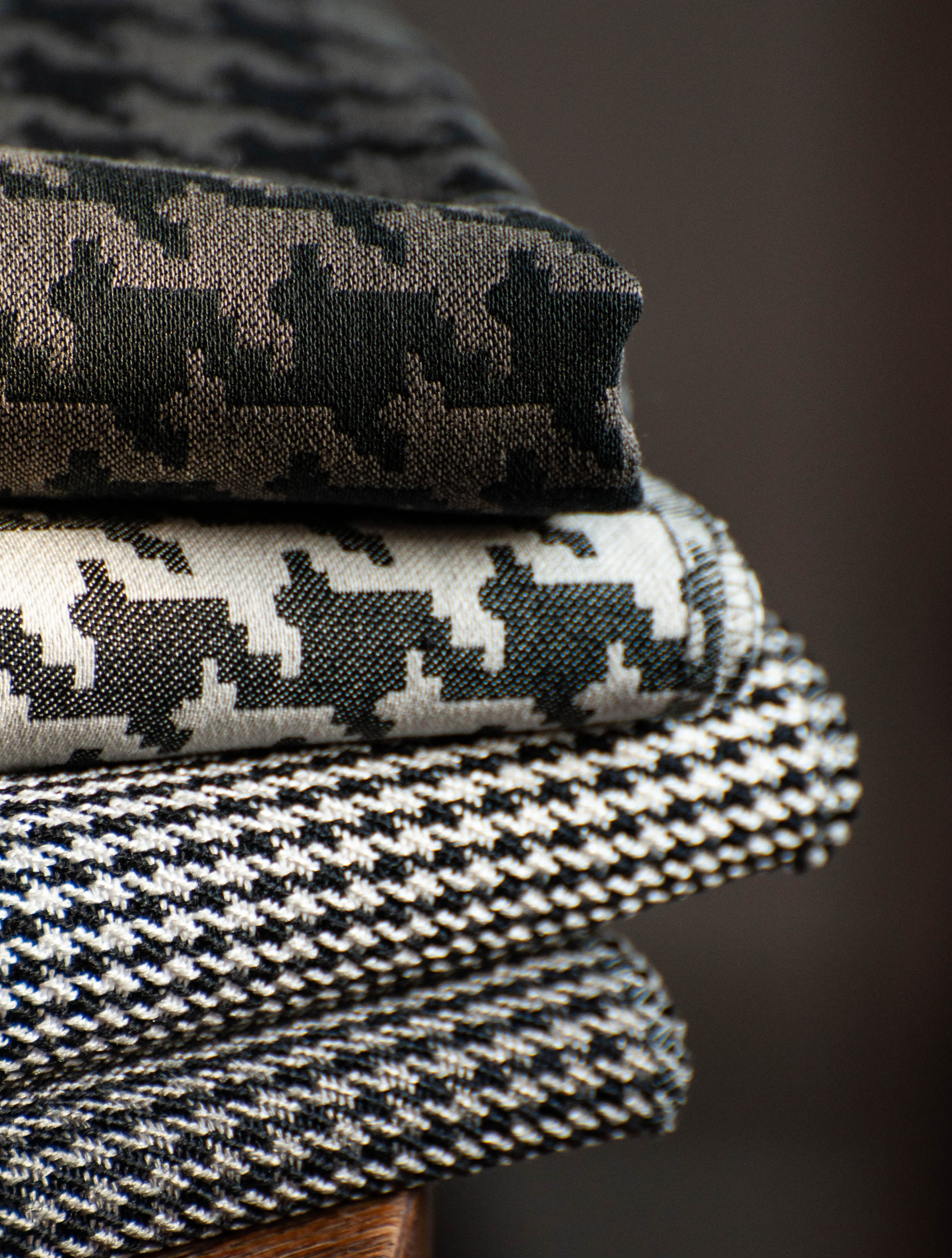
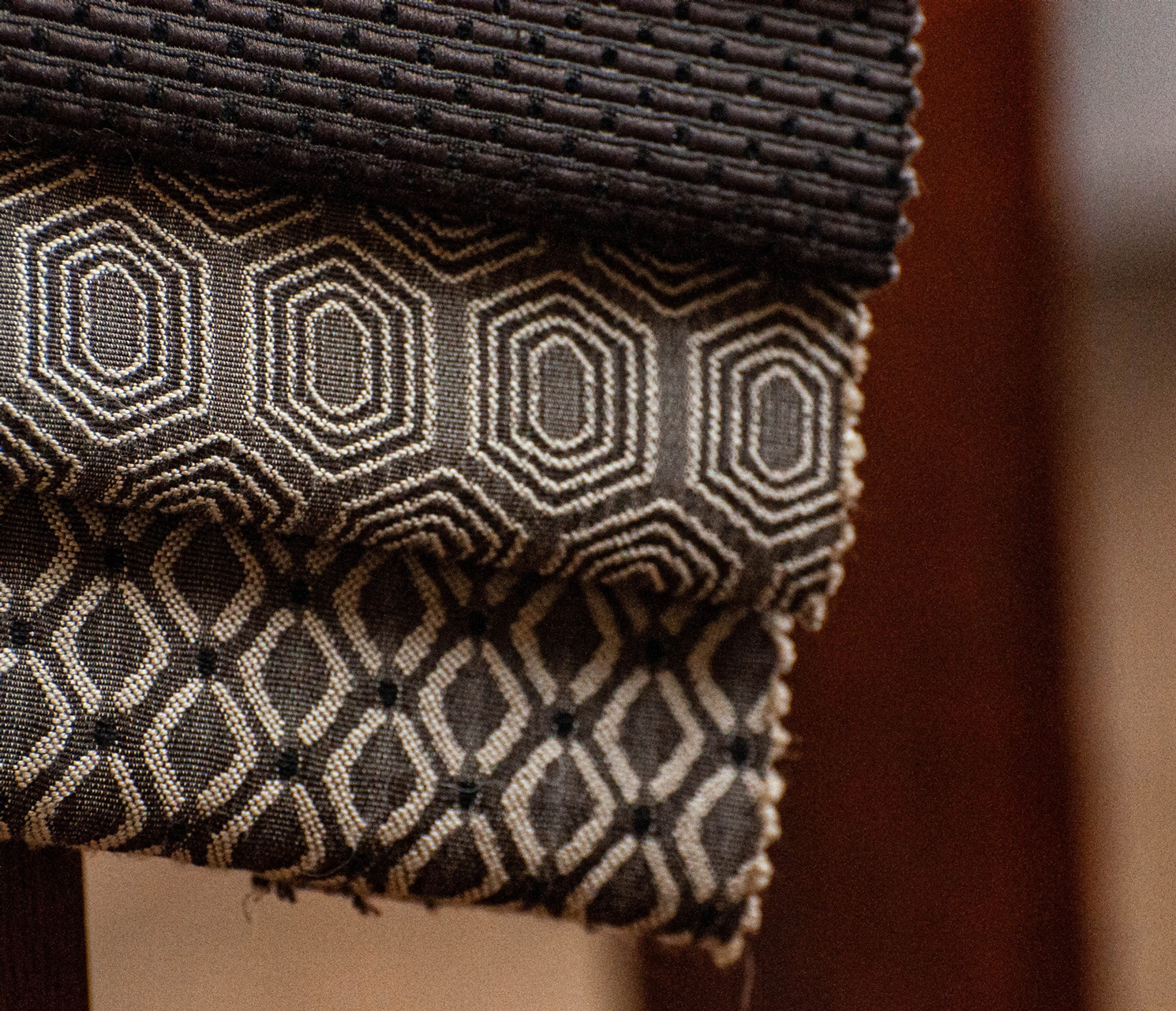
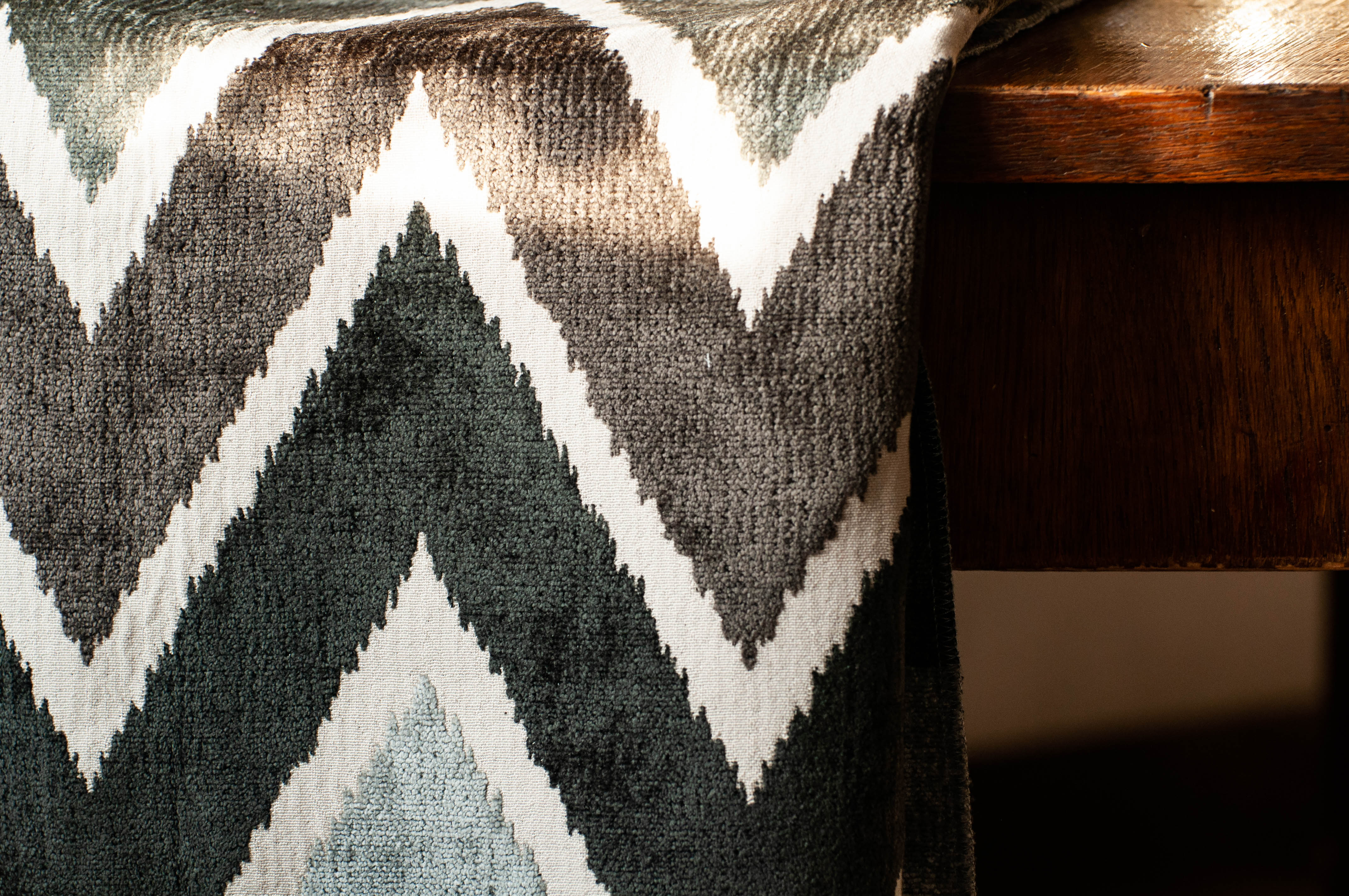
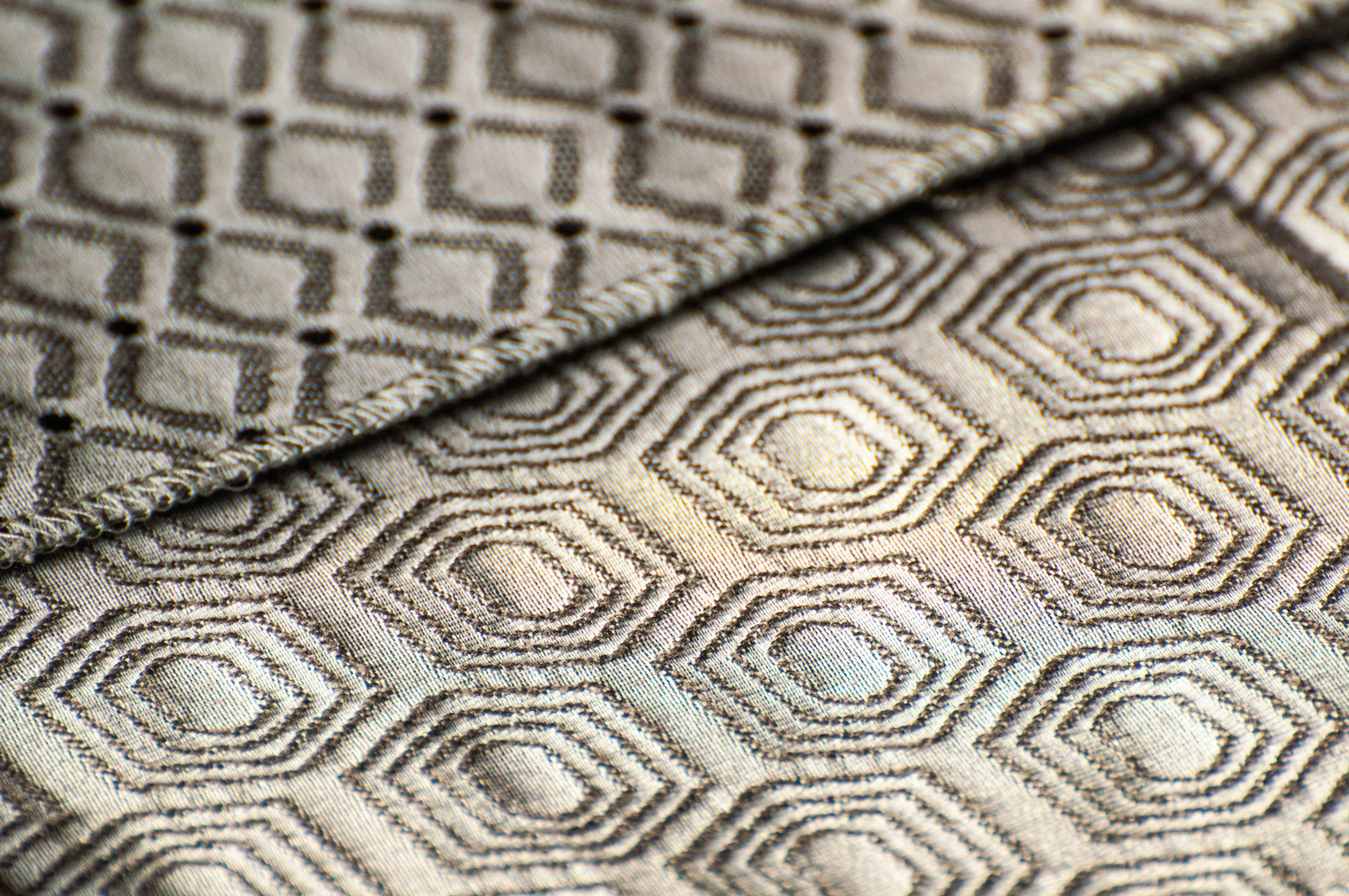

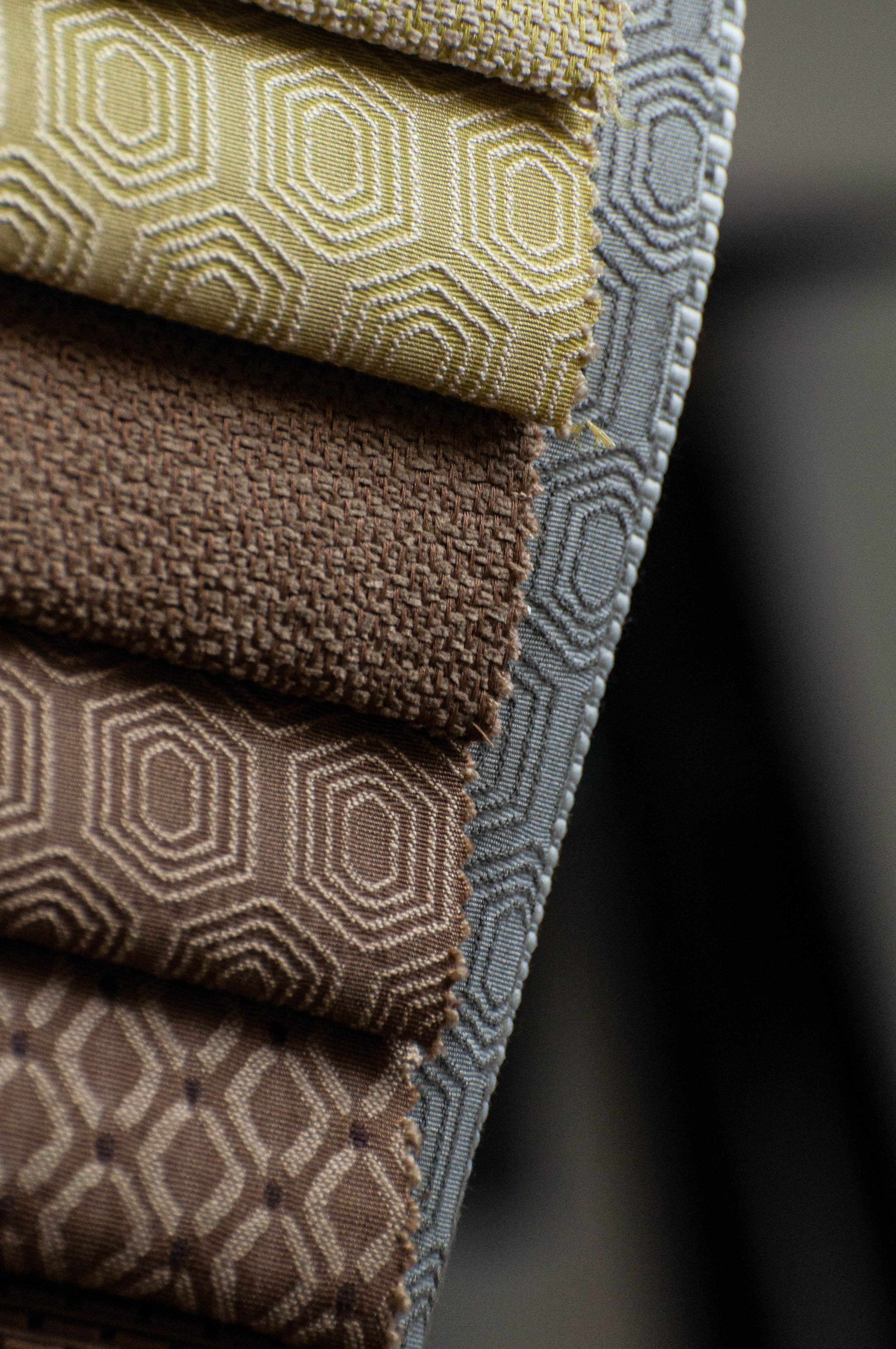
Optical illusions conjured up by colour.
Optical art also involves the study of visual illusions in the colour reception, associated with movement. The principle of reflexes and simultaneous colour contrast is most often used in colour compositions. Reflexes are the result of e.g. the neutral colour (grey) being placed next to the primary colour and seemingly (visually) being tinted into the complementary colour. The pulsating, flickering impression is created by juxtaposing areas of contrasting colours, identical in shape and size, which do not differ in their value tension.
When translating these phenomena into the language of textiles, it is helpful to understand the fabric structure in the textile construction, which is based on the interweaving of weft and warp threads, where each yarn may be of a different origin and colour. The optical illusion and creation of apparent three-dimensionality and movement in the fabric is enhanced by the use of contrasting, distinctive colours in the weave. This is what determines the multicoloured shine of silk or polyester taffeta and velvet, which under the influence of light falling at a variable angle flicker in several colours at the same time.
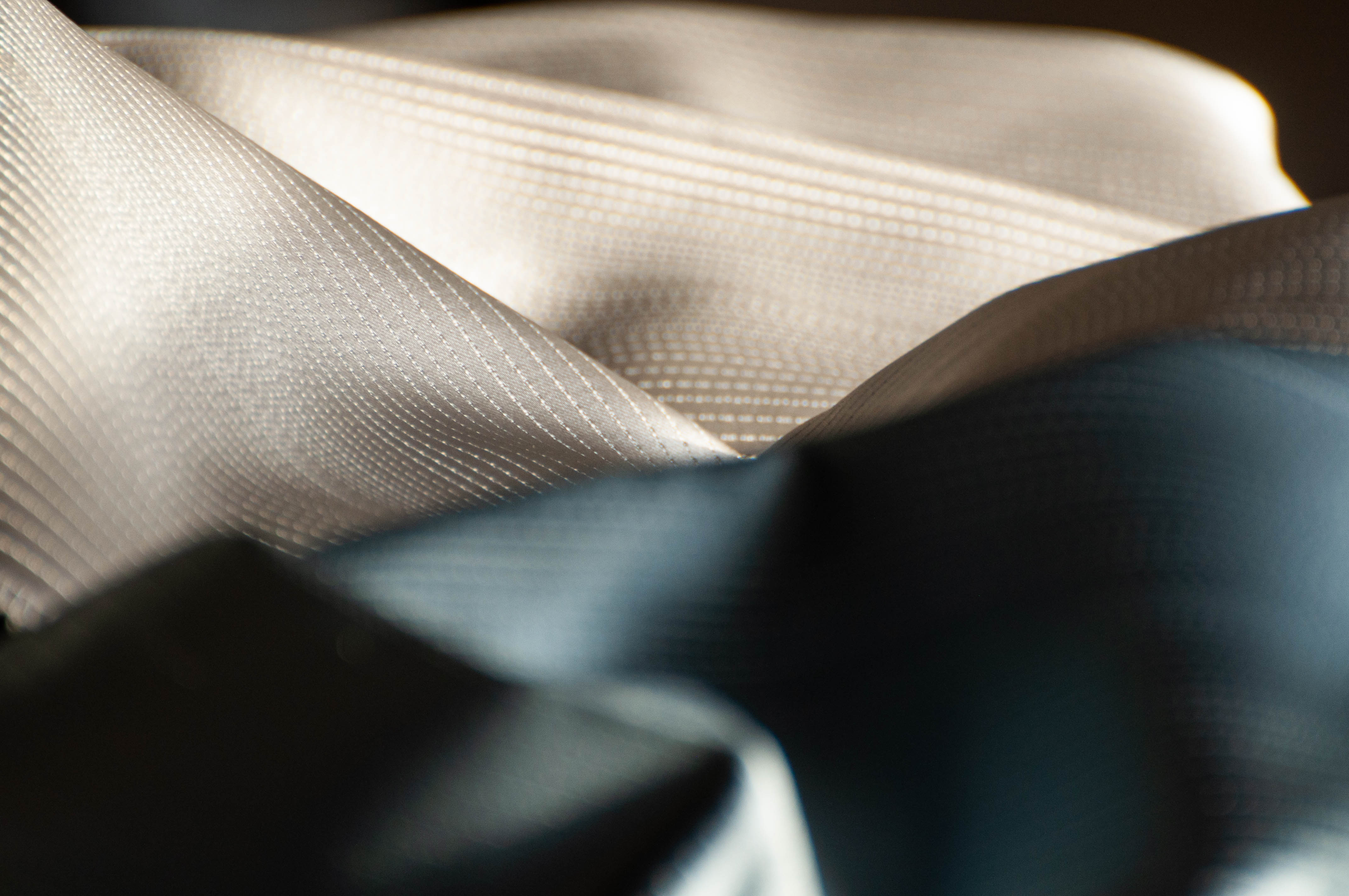
Patterns based on the op art principles are still very popular today. This is mainly due to the visual fun in recognizing patterns, flashes, vibrations and deformations. This style has also been used in interior design. Its elements are designed to enliven space and produce the impression of movement. "Moving" compositions, visual puzzles or figures intrigue, arouse curiosity, and allow you to forget the world.
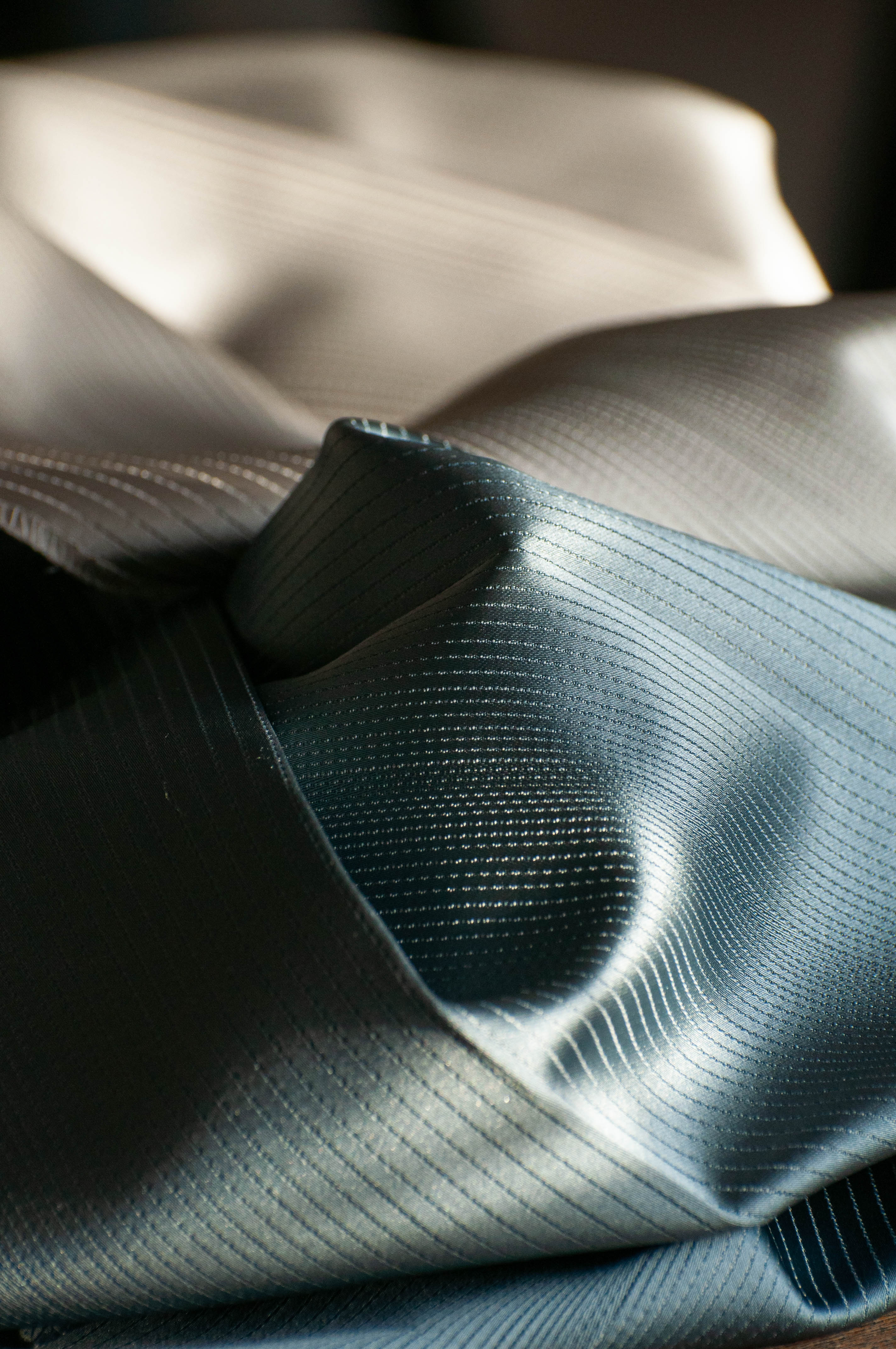
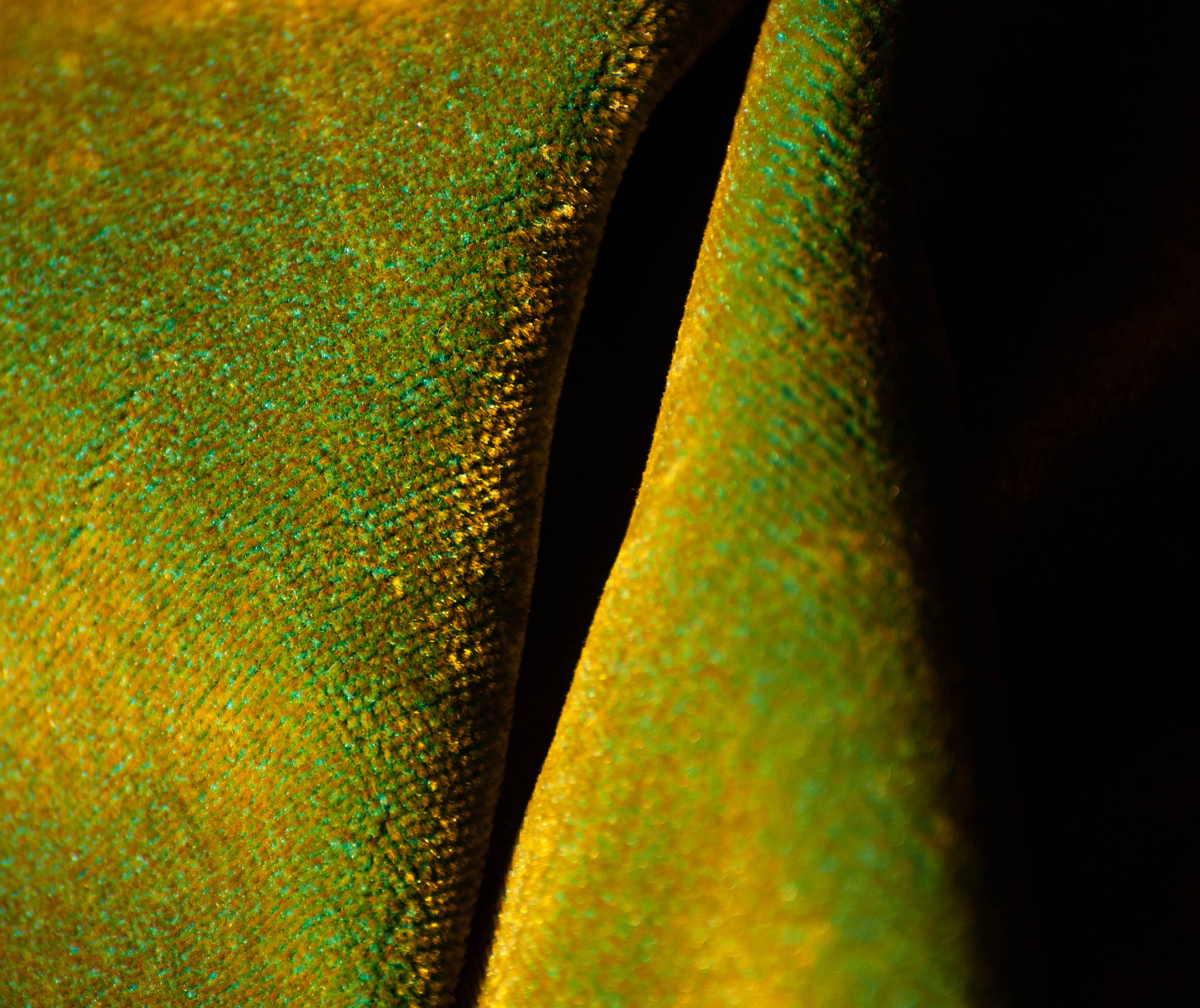

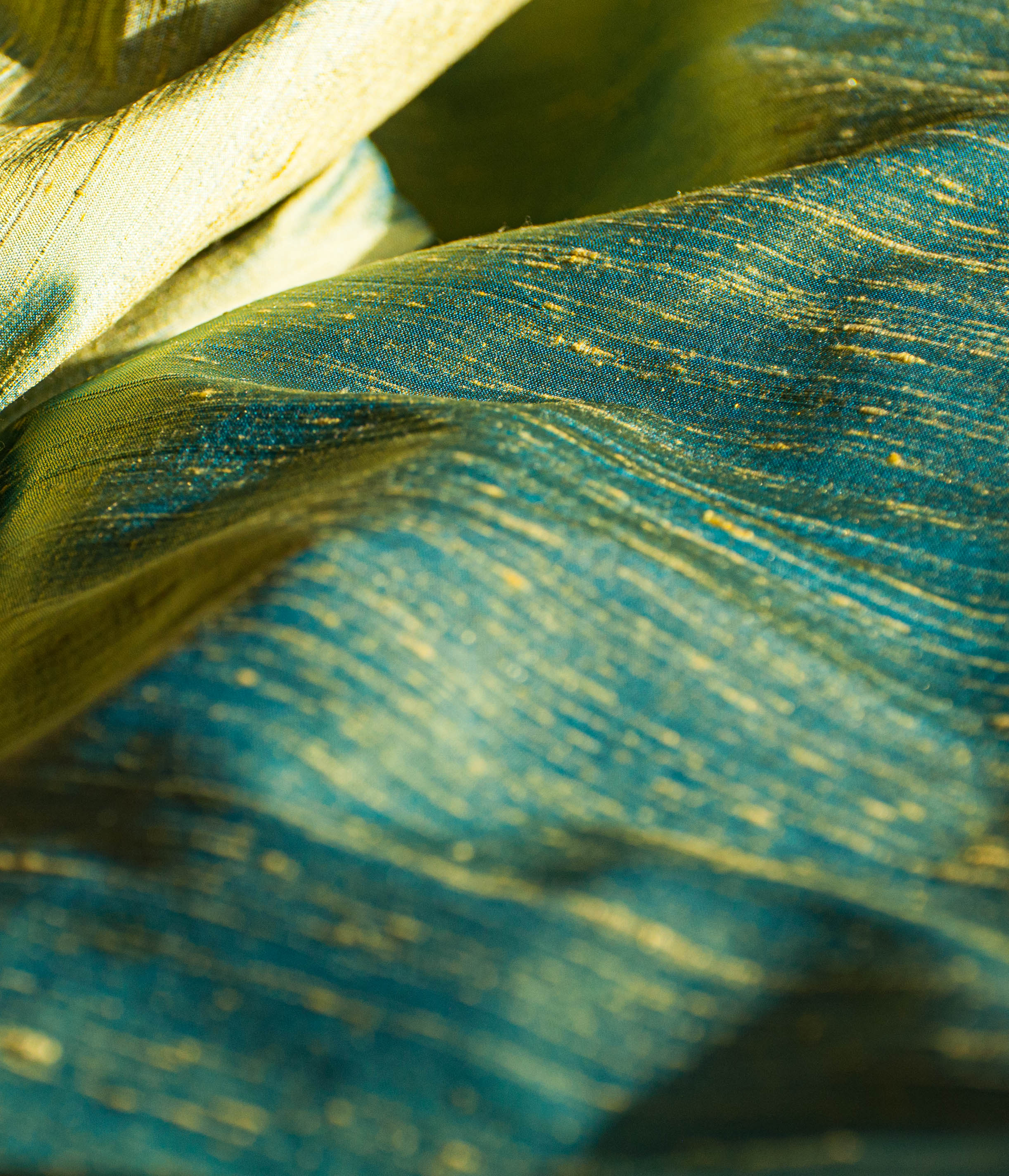
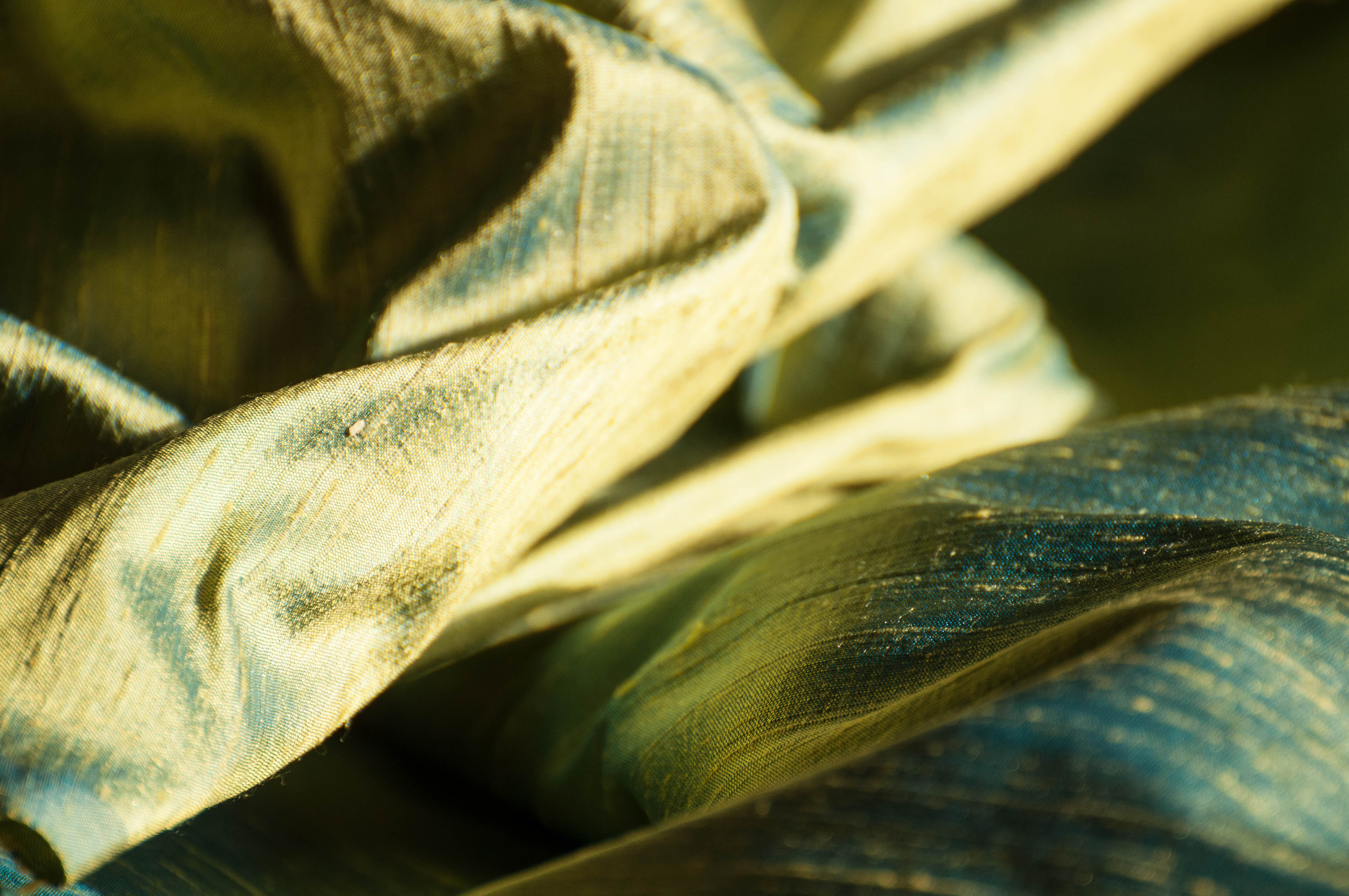
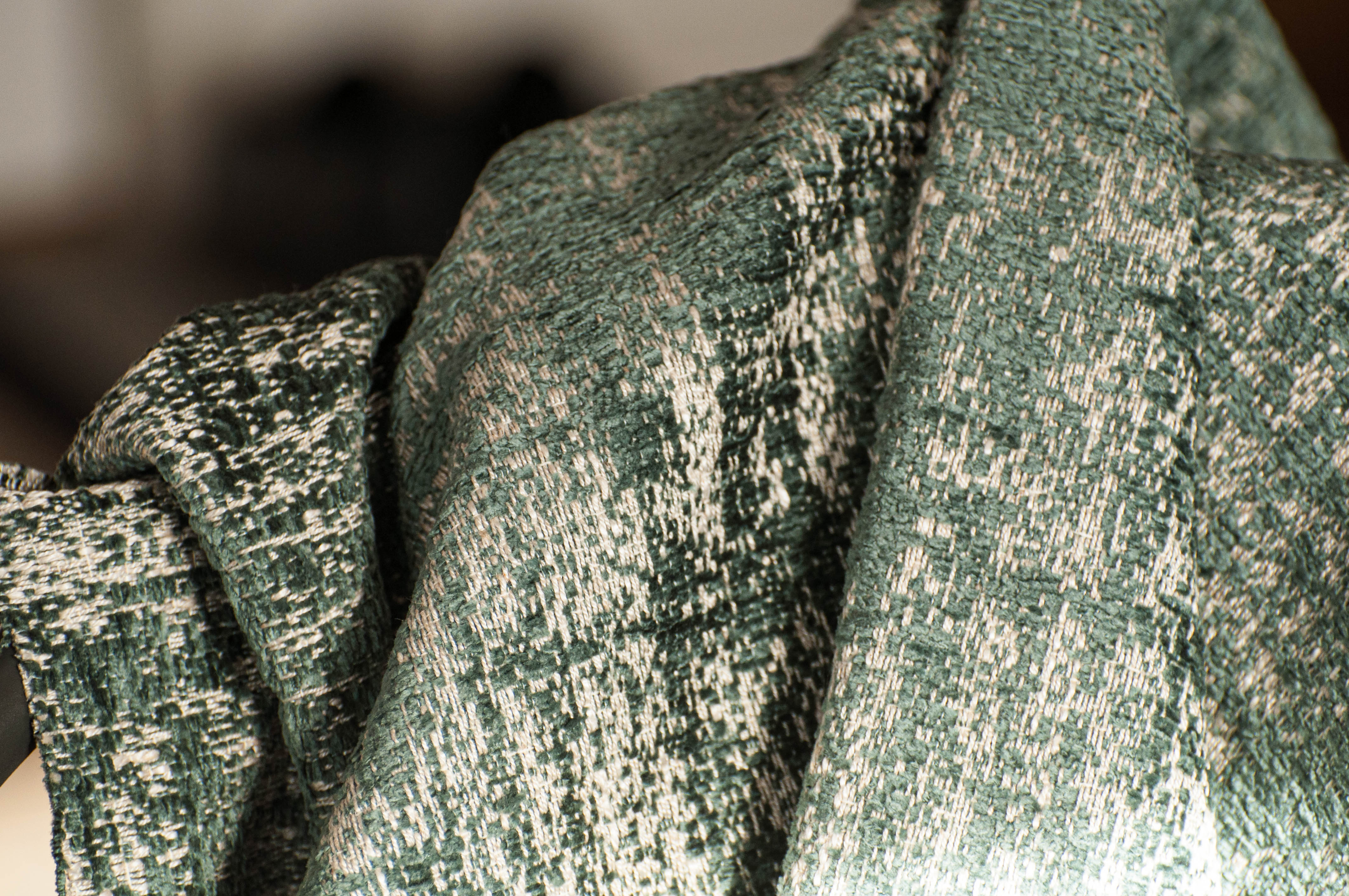
Fabrics and sample kits from the DEKOMA collection used in the session:
MOQUETTE
Available soon in 2022 collection.
Soft, chenille, jacquard fabrics in trendy colour combinations. Both fabrics despite intense dominating patterns coordinate with each other but can also be juxtaposed with plain Henry FR velour. The Eritrea collection is characterised by ethnic designs, the first one with a large repeat and multicoloured zigzag and the other with a graphic meander pattern. Both can be used as upholstery fabrics. The collection is recommended for ethnic household interiors and for individuals who like intense accents in a sober space.
A collection of four fabrics with graphic prints: Pedro, Oktan, Otto, and Gert. Recommended for upholstering home furniture, they look great in classic and modern interiors. Wash in water or dry clean. The collection is OEKO-TEX® Standard 100 certified, which guarantees the safety of textile products. Scot is a plain fabric complementing the Pedro collection, available in a wide range of colours and very soft to the touch.
A collection of four furniture fabrics: Vigor, Ozon, Hiper, and Faster, with interesting soft textures. Available in thirteen matching colour variants. Due to the technical parameters and protective Teflon® coating, the collection is recommended for home use. Some Hesper fabrics can be used to complement the Hiper collection. They are OEKO-TEX® Standard 100 certified, which guarantees the safety of textile products. Our response to the 2013 trend: Eccentric.
Hand-woven silk shantung, available in a variety of dazzling colours. Very posh and sophisticated, this is a truly unique silk material, with two-coloured yarn and remarkable colours and texture. It has relatively low sun resistance, so take that into consideration when designing your decorations. Lining (preferably black-out) is a must. Due to the fact that it is a natural fabric, there might be differences in colour, both between batches of the fabric and within a single bolt.
Decorative fabric with an exquisite satin sheen, intended for use in cushions and window decorations such as curtains or Roman blinds. It comes in 12 colours, from warm beiges, through powdery pinks, to sky-blues and black. This fabric will certainly be appreciated for its subtle vertical stitching over the entire surface. Recommended for modern-style interiors. Morena 310 is a double-width version of the Morena fabric.
Collection of upholstery fabrics, plain or with modern, geometric patterns, for household and private interiors. Interesting colour combinations may be used in modern-, Scandinavian- or traditional-style interiors.
It is a tweed upholstery fabric with a visual "used look" effect. The colour transitions of irregular strands look like abrasions caused by intensive, long-lasting use, and the colours themselves are faded. It is a great choice forrustic interiors, but also for loft or industrial interiors - where the passage of time visible on objects is not a disadvantage but an advantage that proved authenticity. Natural, broken colouring matches perfectly with aged wood, metal, brick, terracotta, stone. Tweed fabric (especially pastel shades of bastard, yellow and pink) can also be interpreted in chanel style - combined with golden haberdashery accessories, add sublime metals in the form of pearl buttons and beads. It's a mixture of many types of fibers with a wide range of characteristics, providing this fabric not only with intriguing texture and appearance, but also with perfectly balanced functional properties.
The Labirynth collection is a set of jacquard fabrics in six different patterns and several coordinated colour variants. The patterns are woven with chenille on a smooth, monochromatic background of the base fabric. Linthic, a plain complementary material matching the patterned fabrics, is also to be found in the collection. Acrylic makes the fabrics pleasant to the touch, whereas their parameters make them suitable for upholstering home furniture and for making cushions and bolsters.
Photo-session for Dekoma.
Creative thought, text, photos and styling: MBBM Studio

